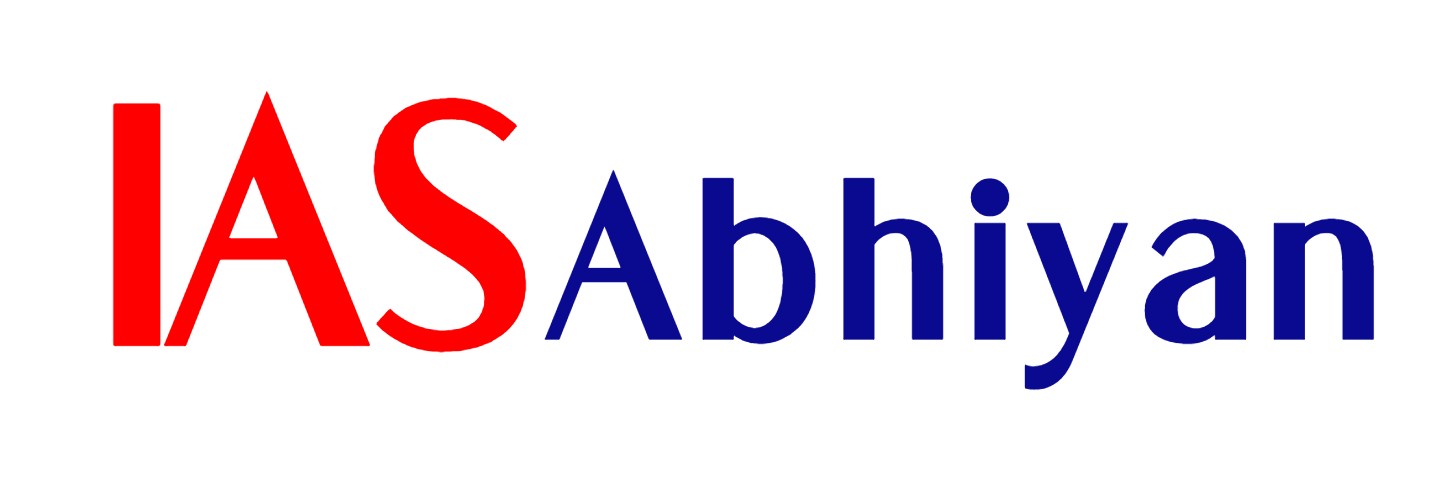Common Carbon Metric
- The United Nations Environment Program’s Sustainable Buildings & Climate Initiative (UNEP-SBCI), a partnership between the UN and public and private stakeholders in the building sector, promoting sustainable building practices globally. The purpose of this proposal for a Common Carbon Metric is to support greenhouse gas (GHG) emissions reductions through accurate measurement of energy efficiency improvements in building operations.
- The Common Carbon Metric is the calculation used to define measurement, reporting, and verification for GHG emissions associated with the operation of buildings types of particular climate regions. It does not include value-based interpretation of the measurements such as weightings or benchmarking.
- ‘Common Carbon Metric’ will allow emissions from buildings around the world to be consistently assessed and compared, and improvements measured.
Why buildings?
- The purpose of a Common Carbon Metric for buildings is to give the sector that represents 40% of the world’s energy consumption and related 1/3rd of global greenhouse gas (GHG) emissions a tool that doesn’t exist today – a way to measure, report, and verify reductions in a consistent and comparable way.

- With its high share of emissions the building sector has the responsibility and opportunity to take the global lead in reduction strategies. Awareness of these facts and widespread use of this tool for measuring and reporting is the key.
Goal
- To provide globally applicable common metrics for measuring and reporting the energy use in and GHG emissions from existing building operations to support international, regional, national, and local policy development and industry initiatives.
Objectives
- Develop common metrics for use in gathering consistent data and reporting the climate performance of existing buildings in order to support policy-making to reduce GHG emissions from buildings, especially in developing countries;
- Provide a framework for how to measure emission reduction in buildings so as to support formulation of Nationally Approved Mitigation Action (NAMA) plans, flexible mechanisms, carbon crediting and other emission reduction mechanisms and plans; and
- Establish a system of measurable, reportable, and verifiable (MRV) indicators for the follow-up of policy implementation, resulting emission reduction and reporting on building-related GHG emissions.
- Users: National, regional, and local governments in developed and developing countries, owners of large building portfolios, and national building rating schemes.
Abhiyan Pedia: Back to Basics: Click Here
